
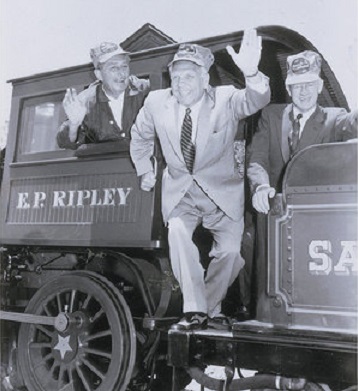
When Shanghai Disneyland opened to the public on June 17, there was one classic Disney attraction conspicuous in its absence.
A railroad.
Disney’s creative team, which traveled to China years ago to begin planning the newest Disney theme park [its 12th worldwide], took the unprecedented step of asking residents what they wanted to see included in the park.
A grand circle tour of the property in a classic train powered by a steam engine was not one of them. Since many of Shanghai Disneyland’s guests arrive at the park via high-speed, ultra-modern Maglev trains, perhaps those people surveyed had a point.
Still, the idea of a Disney park without a railroad is a bit unsettling.
For much of his life, Walt Disney had a near obsession with railroads. In his youth, he used to work on trains, selling newspapers and snacks to passengers. Years later, he created a miniature railroad in his own backyard, calling it the Carolwood and Pacific. During the years-long design phase of Disneyland, no matter how often concepts would change, one thing remained constant: “It will always be surrounded by a train,” Walt would say.
In large part because of Walt’s love of railroads, Disney’s Magic Kingdom-style parks around the world have always included a railroad. All the lines circle the outer rims of the parks and serve two purposes: To supply weary guests a mode of transportation so they can get from one end of the park to the other … and to give guests entering the park a nice overview of all the lands they are about to explore … the proverbial Grand Circle Tour.
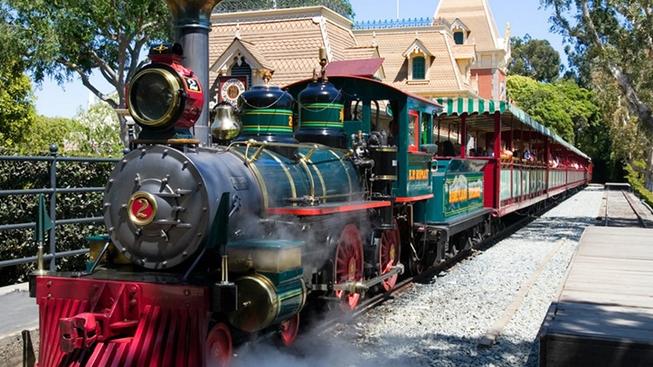
When Disneyland opened on July 17, 1955, the Santa Fe & Disneyland Railroad was one of THE main attractions. In fact, during ABC-TV’s live broadcast of opening day, co-hosts Art Linkletter and Ronald Reagan were seen at the Main Street train station awaiting the arrival of the steam-powered locomotive E.P. Ripley with Walt Disney aboard. Also on the train were California Gov. Goodwin Knight and Fred Gurley, president of the real Santa Fe Railroad. All were sporting authentic-looking striped railroad engineers’ caps.
Following the train ride, Gov. Knight described Disneyland as “a wondrous community with all the charm of the old world and all of the progress and ingenuity of the new world.” Gov. Knight would later stand by Walt’s side as he gave his famous “To all who come to this happy place …” welcoming speech.
The Santa Fe & Disneyland Railroad certainly embodied an old-world flavor. It took several years for the “steam freaks” [as Disney Legend Bob Gurr calls them] in Disney’s machine shops to design and perfect the 5/8ths scale steam locomotives used on the Santa Fe & Disneyland Railroad. They included Earl Vilmer, Eddie Sargeant, Dick Bagley, Ward Kimball, Roger Broggie and Ed Lingenfelter. All were well-versed — and extremely passionate — about steam trains.
Two Santa Fe & Disneyland trains were in operation during the first few years of Disneyland’s existence, one modeled after a classic turn-of-the-20th century passenger train, the other similar in design to freight cars. A third style, the so-called excursion model, debuted in 1958. Over the years, forward-facing seating would be changed to give guests a better sight-line of all the magic in front of them.

But Walt and his Disneyland designers weren’t satisfied with just one train in the park.
The Casey Jr. Circus Train debuted just 15 days after Disneyland opened, giving the park a second rail-themed attraction. The circus train, modeled after the 1941 Disney film Dumbo, takes guests through an enchanting miniature world populated by scenes from some of Disney’s most enduring animated classics.
The fact that the train has to climb a steep incline [remember the film’s “I think I can, I think I can” sequence?] during its run gave Disney’s designers a big headache early on. “Disneyland’s maintenance department built up an enviable expertise in keeping troublesome rides in operation,” wrote Gurr in his book Design: Just for Fun [APP-Gurr Design Publishing]. “There really was no way to stop and rebuild things during that first summer season. Just weld and fix, weld and fix.”
The Casey Jr. Circus Train “gave us fits,” according to Gurr. The locomotive “had a tendency to rear backwards going up Impossible Hill [well named]. Upstop rails had to be added to the tracks right away.”
To this day, the attraction is a Fantasyland mainstay. The Casey Jr. train is a fixure in Disneyland Paris as well, but with key a twist: In France, a roller coaster-style track is employed, allowing it to go a bit faster and to take sharp turns with ease. The tubular track also prevents any problems when the train chugs up any inclines.
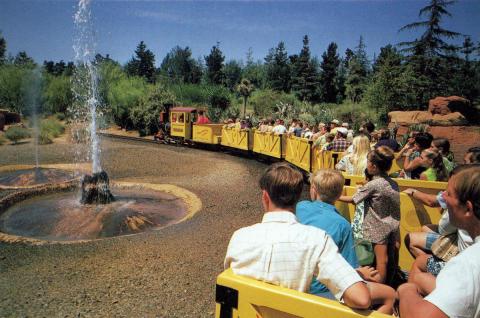
A third Disneyland train, the Rainbow Caverns Mine Train through a Living Desert, debuted in 1956. Unlike the Santa Fe & Disneyland Railroad, the Rainbow Caverns train was electric, using battery power to get around. The wooden bodied cars, designed by Gurr, looked like actual ore cars … the kind you’d expect to see while traversing through a desert. A Nature’s Wonderland sequence was added to the trip in 1960 before it shut down for good a few years later.
Gurr had a big hand in designing Disneyland’s Viewliner train, which debuted on June 26, 1957. The Viewliner’s track layout was located in Fantasyland, where the Mickey Mouse Club Circus had underwhelmed guests from 1955-1956.
Gurr drew his inspiration for the design of The Viewliner from General Motors’ streamlined — and short-lived — Aerotrain. “I thought it was the slickest thing on rails,” he wrote. He even designed the train’s power source, modeled after a Chevrolet automobile engine.
The Viewliner’s sleek, all-metallic, futuristic design certainly caught guests’ attention … but failed to generate much excitement. The Viewliner lasted a little over a year before closing in September of 1958. It was replaced, in part, by another futuristic mode of transportation: The monorail.

When Walt Disney World opened in 1971, a steam train greeted guests, with the Main Street station serving as a welcoming icon. Much like Disneyland, guests on board the Walt Disney World Railroad got a great look at some of the park’s attractions … and an even better look at areas where park attractions would one day be built. Since park staples Big Thunder Mountain and Splash Mountain had yet to make it off the drawing board, the train would leave the Adventureland area of the park and head off into thick shrub- and tree-lined foliage before returning to other developed areas of the Magic Kingdom near Fantasyland.
Unlike Disneyland, the WDW Railroad was the only train attraction for guests in the park when it opened. There was, however, another train that gave “steam freaks” a thrill. That train attraction was located on the Fort Wilderness grounds from 1973 to 1980.
According to David Leaphart, who has authored a superbly researched two-volume set on the Fort Wilderness line, there many misconceptions have arisen over the years regarding the Fort Wilderness trains.
For instance, reports that the trains were 4/5ths scale were incorrect. “That came from a cast member of the Fort in a 1977 revision of the Disney Maintenance Manual,” Leaphart said a few years ago. “According to the Imagineers who built the trains, they were full scale, not 4/5ths.”
The cost to ride through the wooded campgrounds varied from free to $1. “The operating distance for the trains was 2.6 miles, not 3.5 miles as seen on the Web,” Leaphart added.
Leaphart interviewed a number of key people involved in the Fort Wilderness railroad’s construction and operation.
“I was lucky to be able to get the details from Vern Conner, who was the trainer for the railroad crew for a couple of years and developed training material,” he said. Leaphart also worked with Jimmy Graves, the foreman of the line during its entire existence.

Over the years, of course, train-based attractions have popped up in the oldest and newest WDW theme parks.
Big Thunder Mountain was added to the Magic Kingdom landscape in 1980, while the Seven Dwarfs Mine Train was a key component of the New Fantasyland makeover a few years back. In Animal Kingdom, Expedition Everest includes an exhilarating train ride from the village of Anandapur through the massive mountain in search of the Yeti. There’s also the Wildlife Express Train, which carries guests from the Africa section of the park to Rafiki’s Planet Watch and back.
Walt’s love a trains is alive and well throughout Disney Parks worldwide, with the notable exception of Shanghai Disneyland, where the unmistakable sound of a steam-powered train is missing.


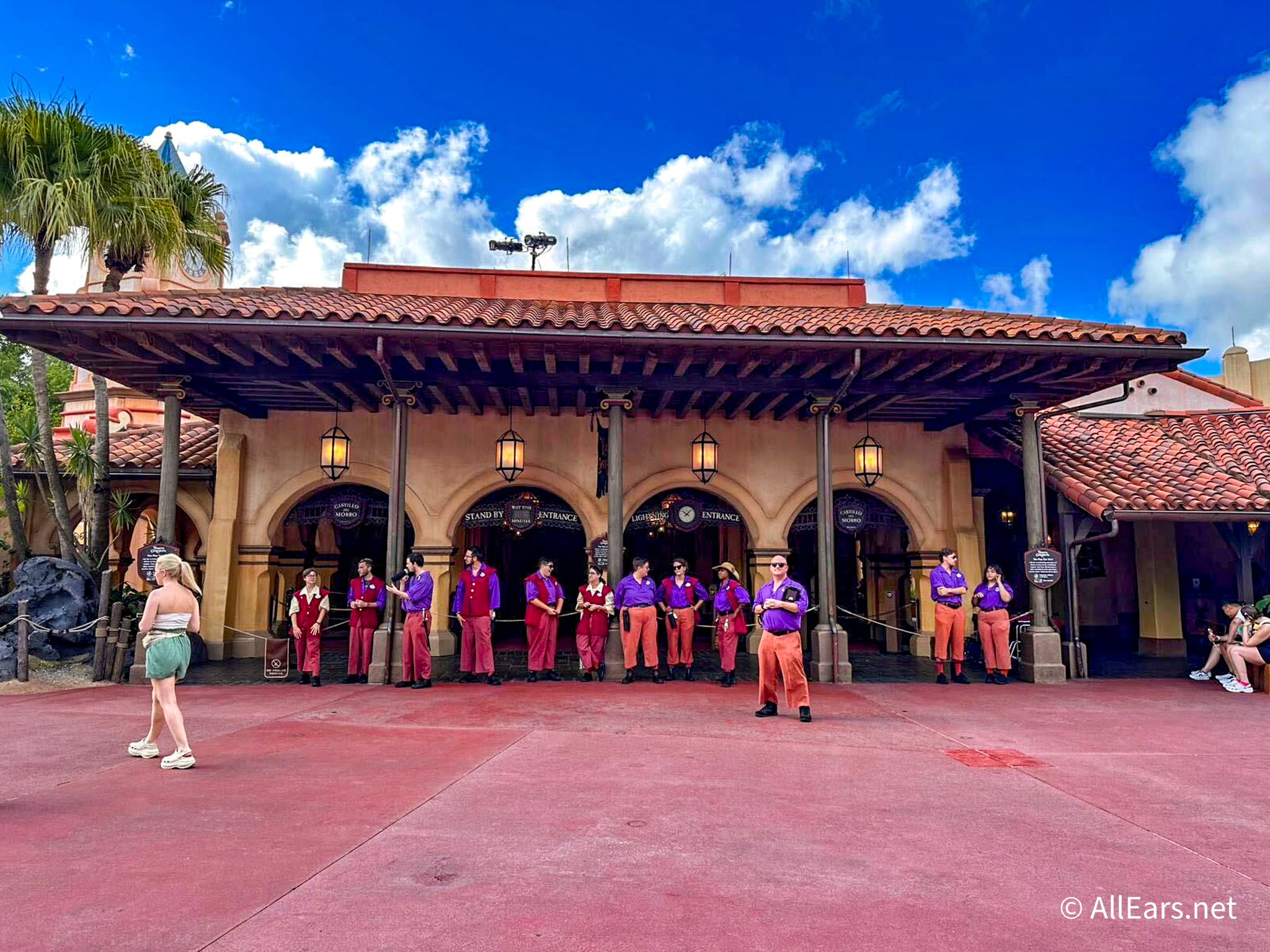

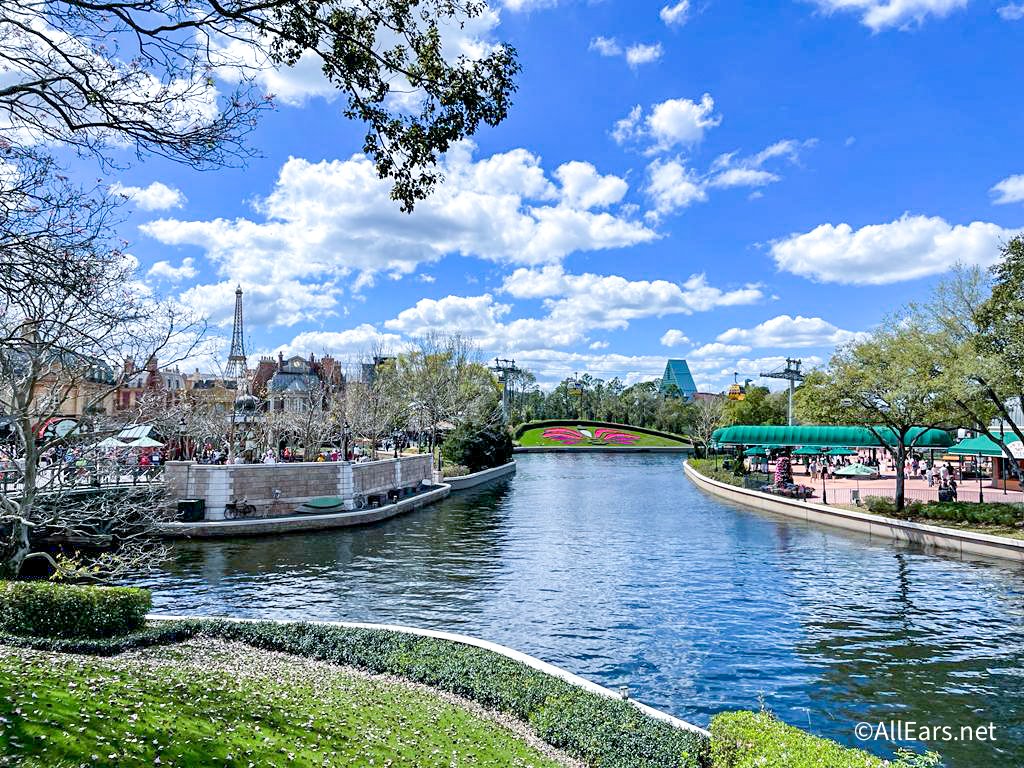
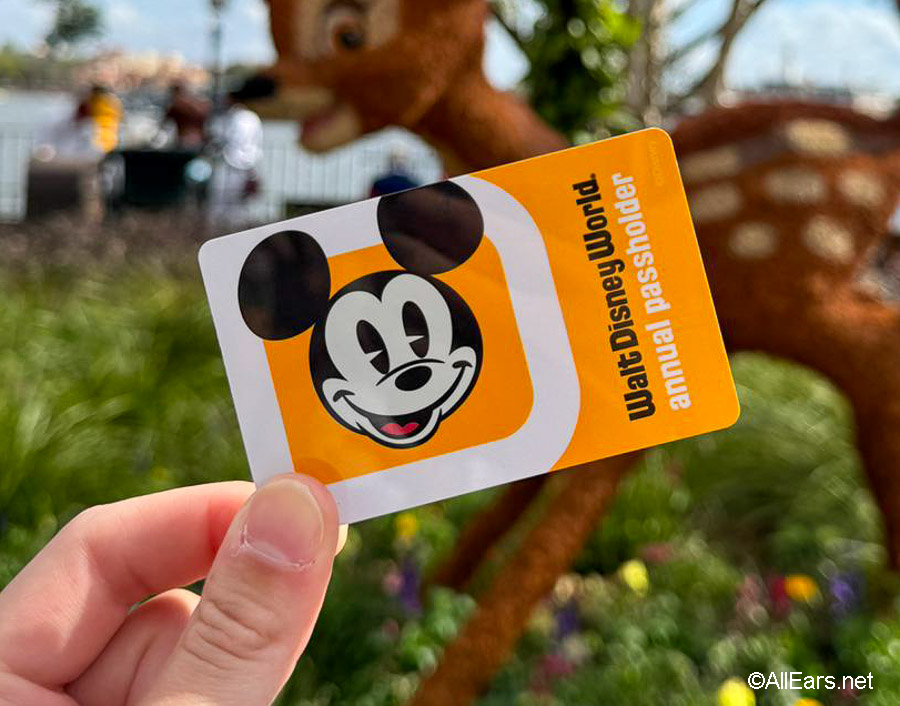
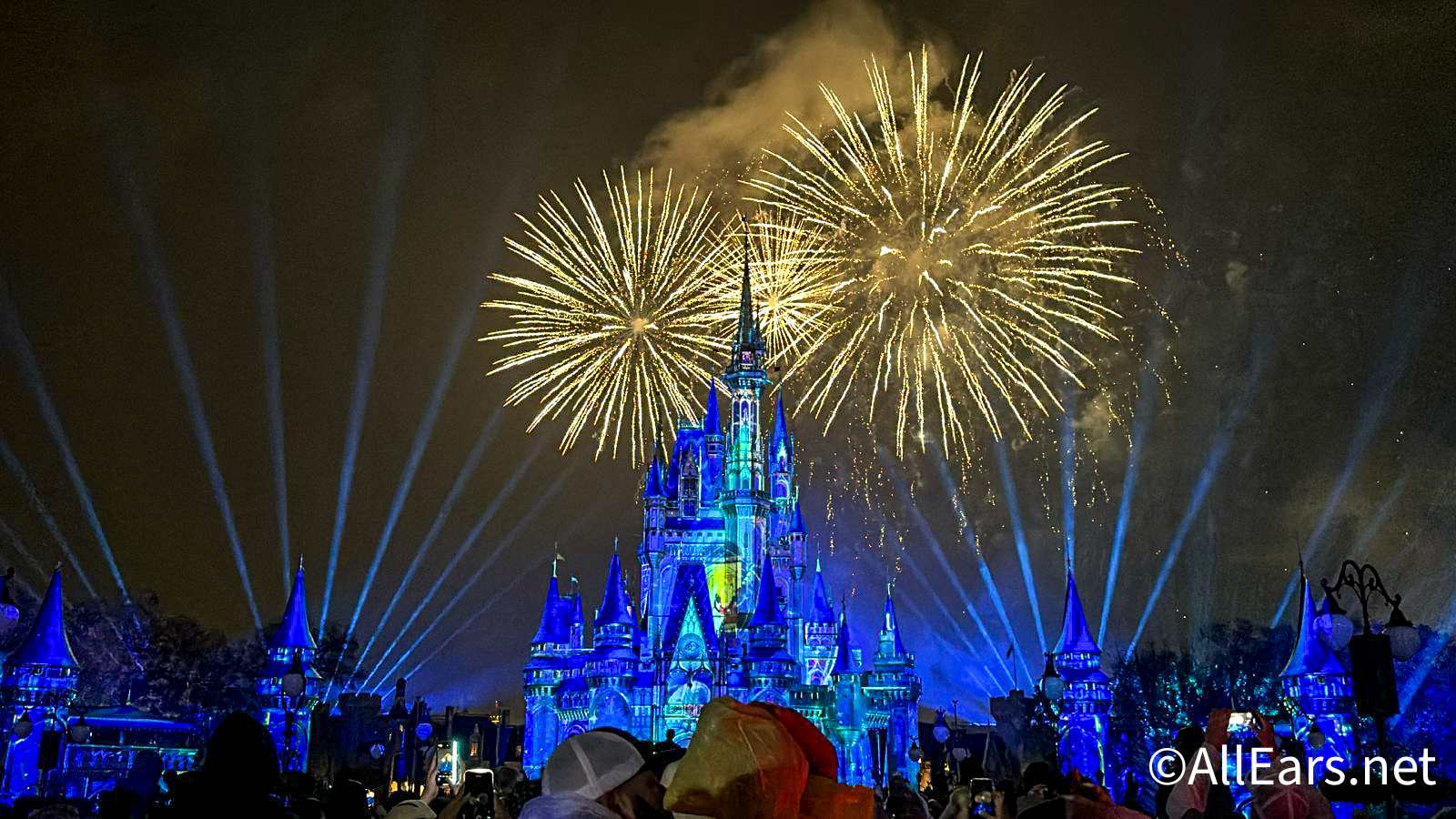
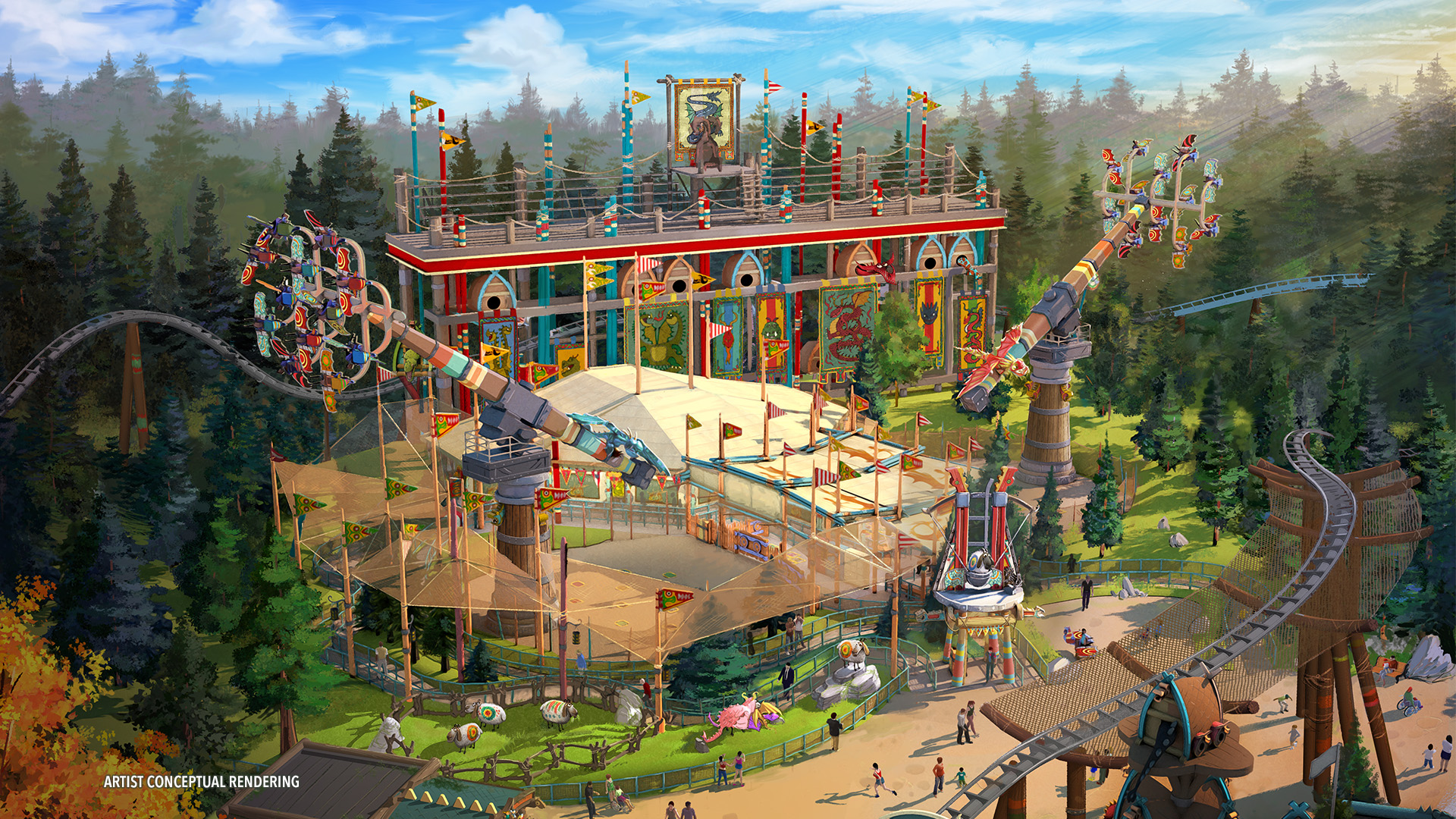


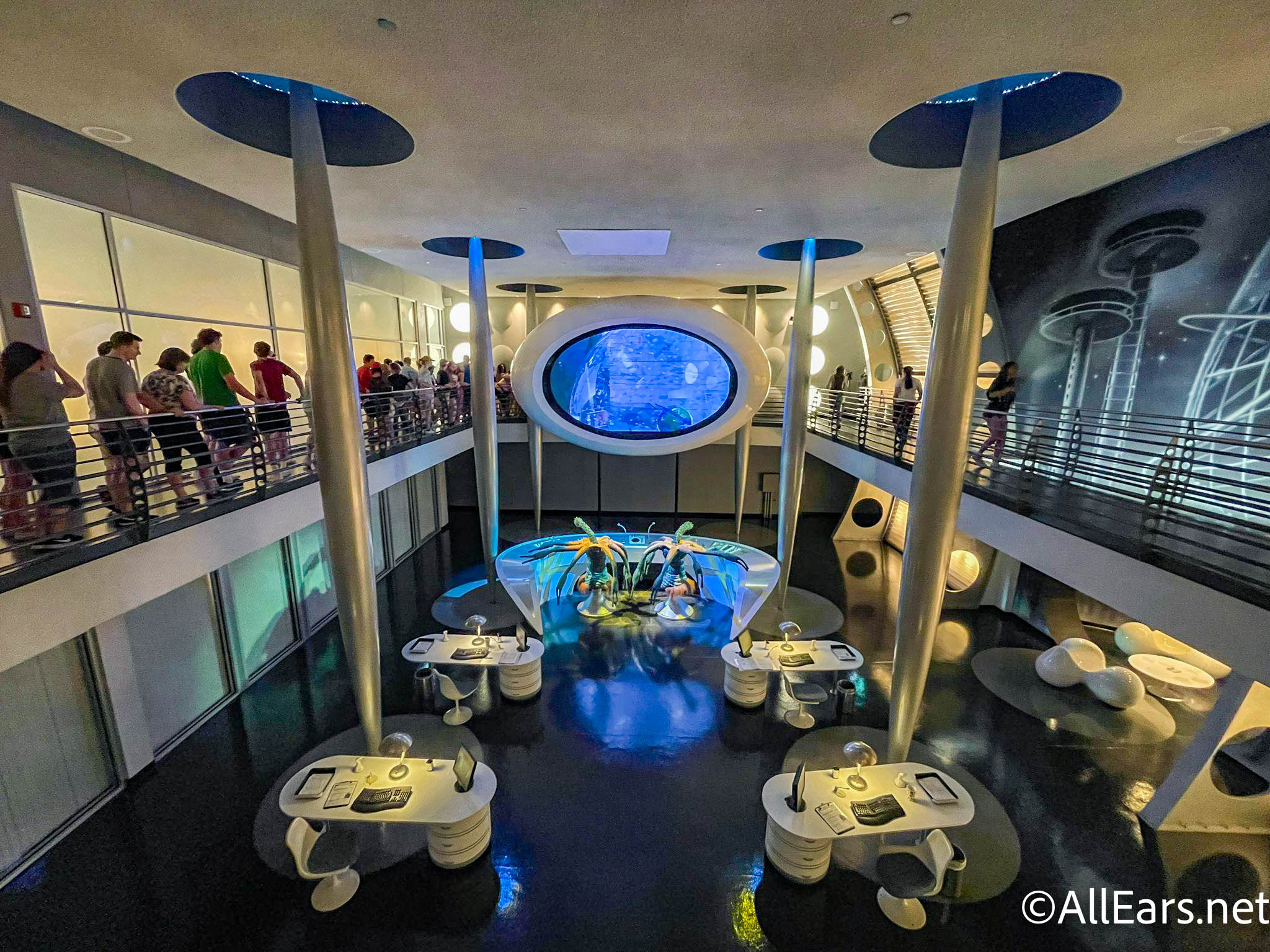
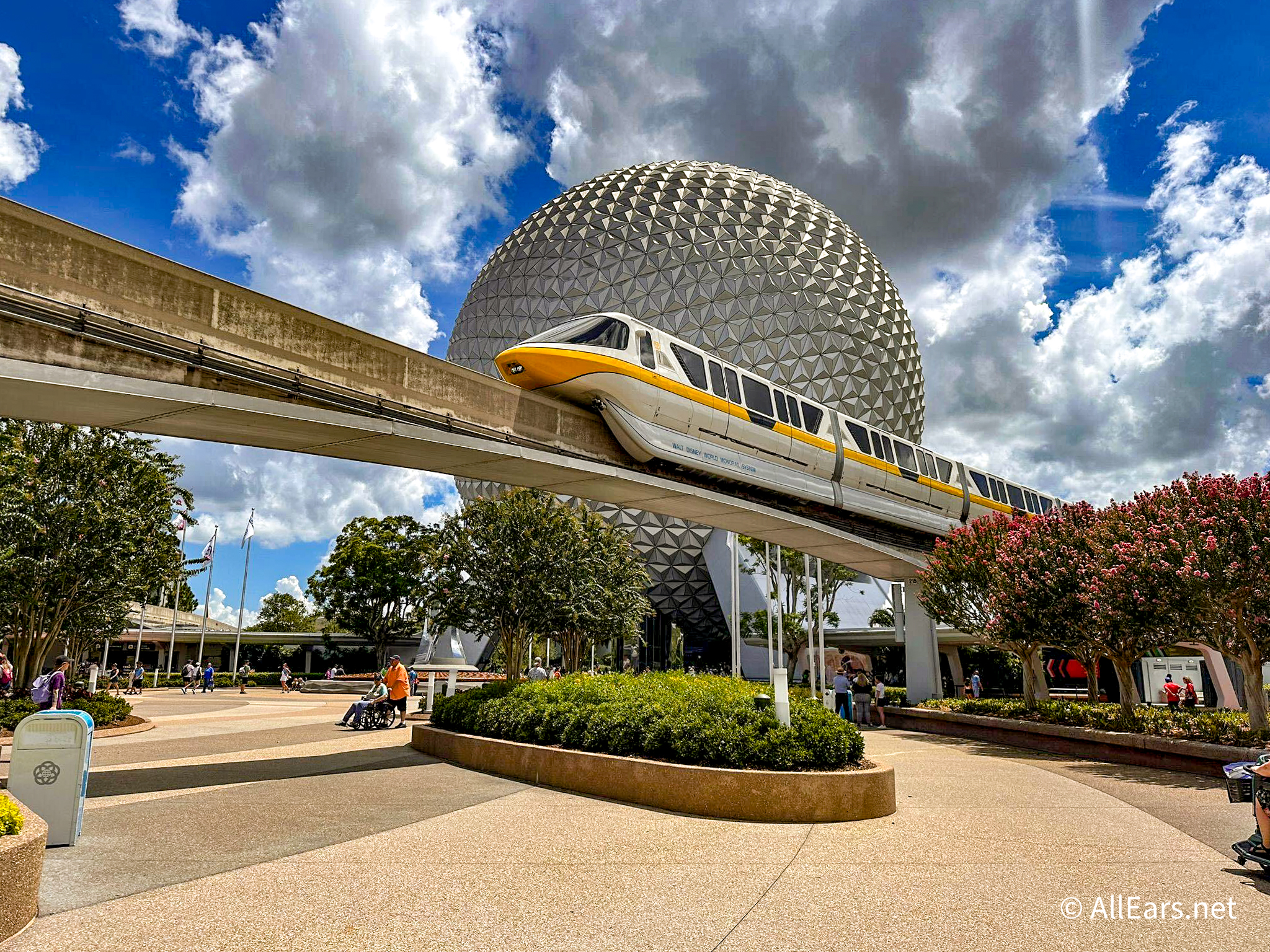
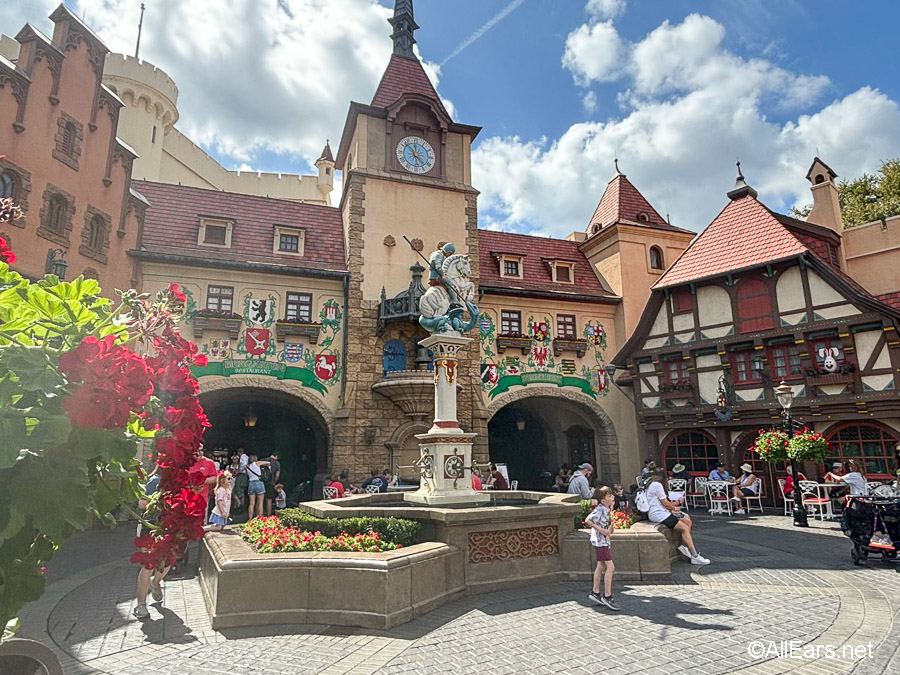
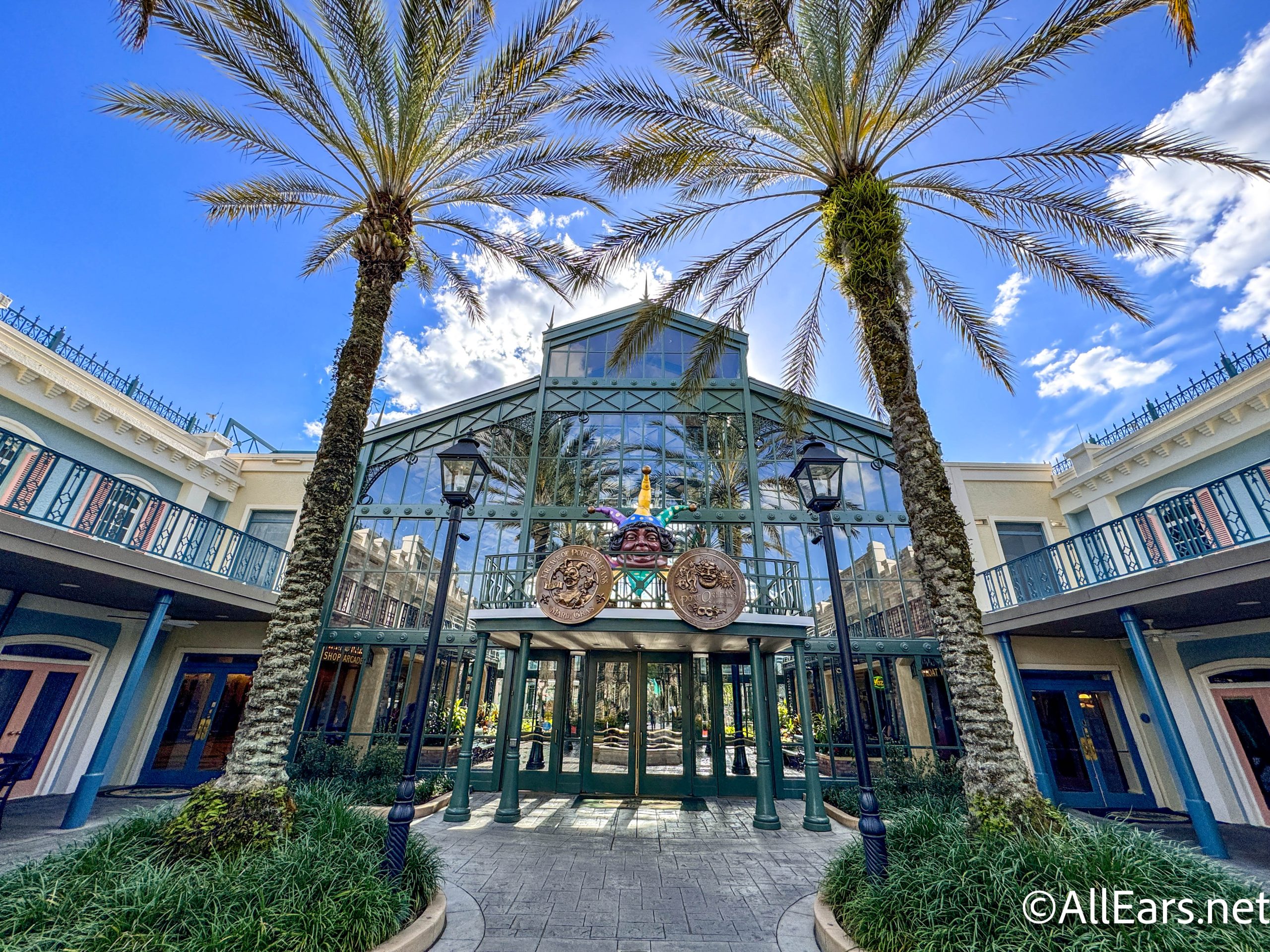

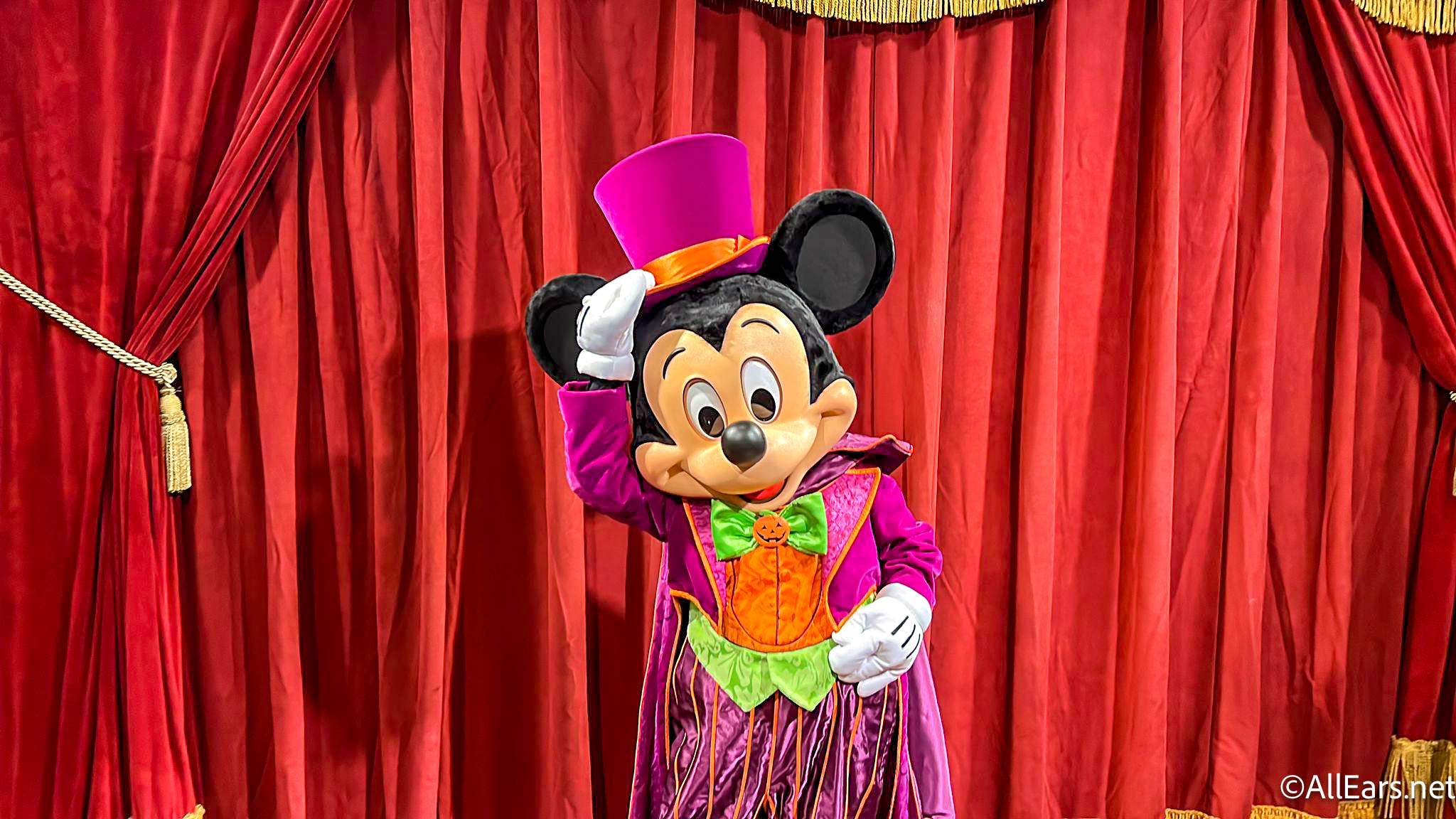

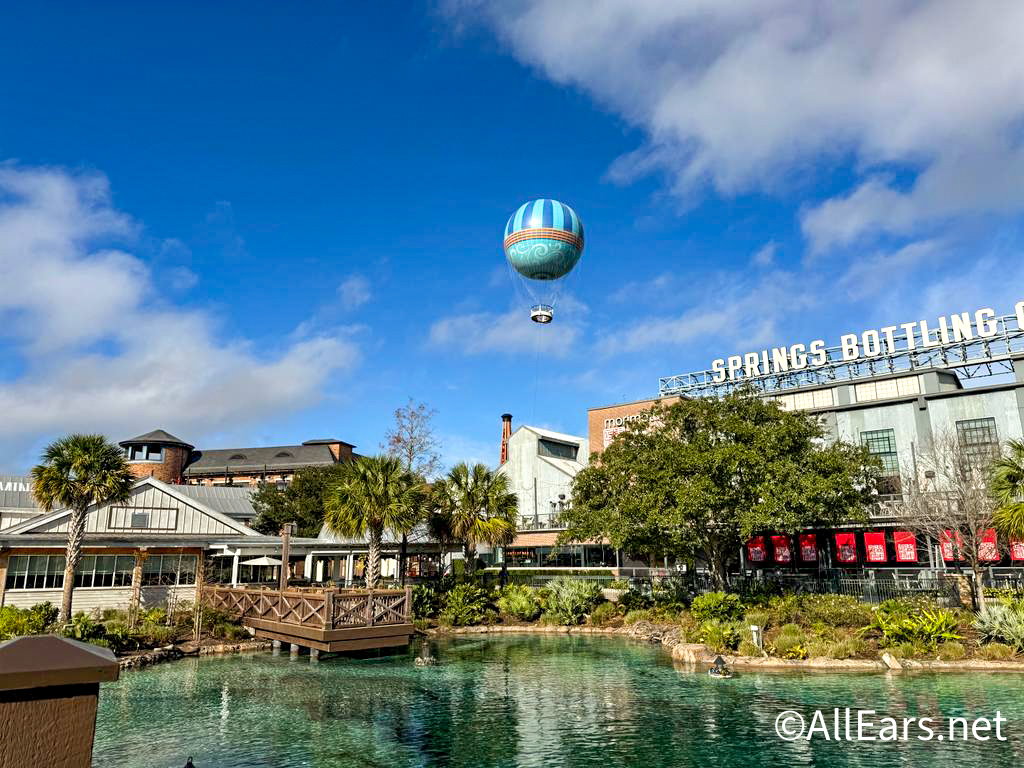
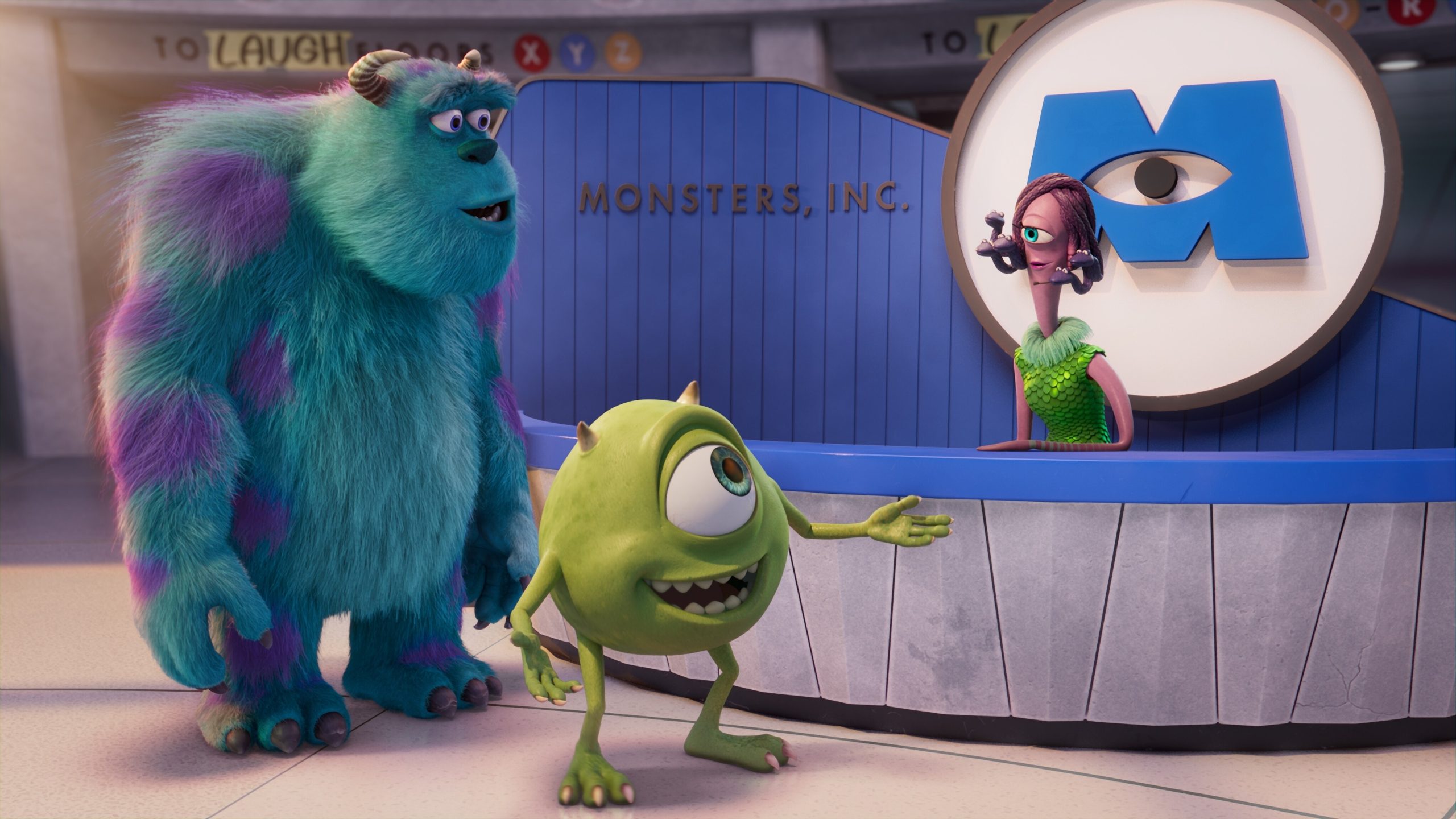
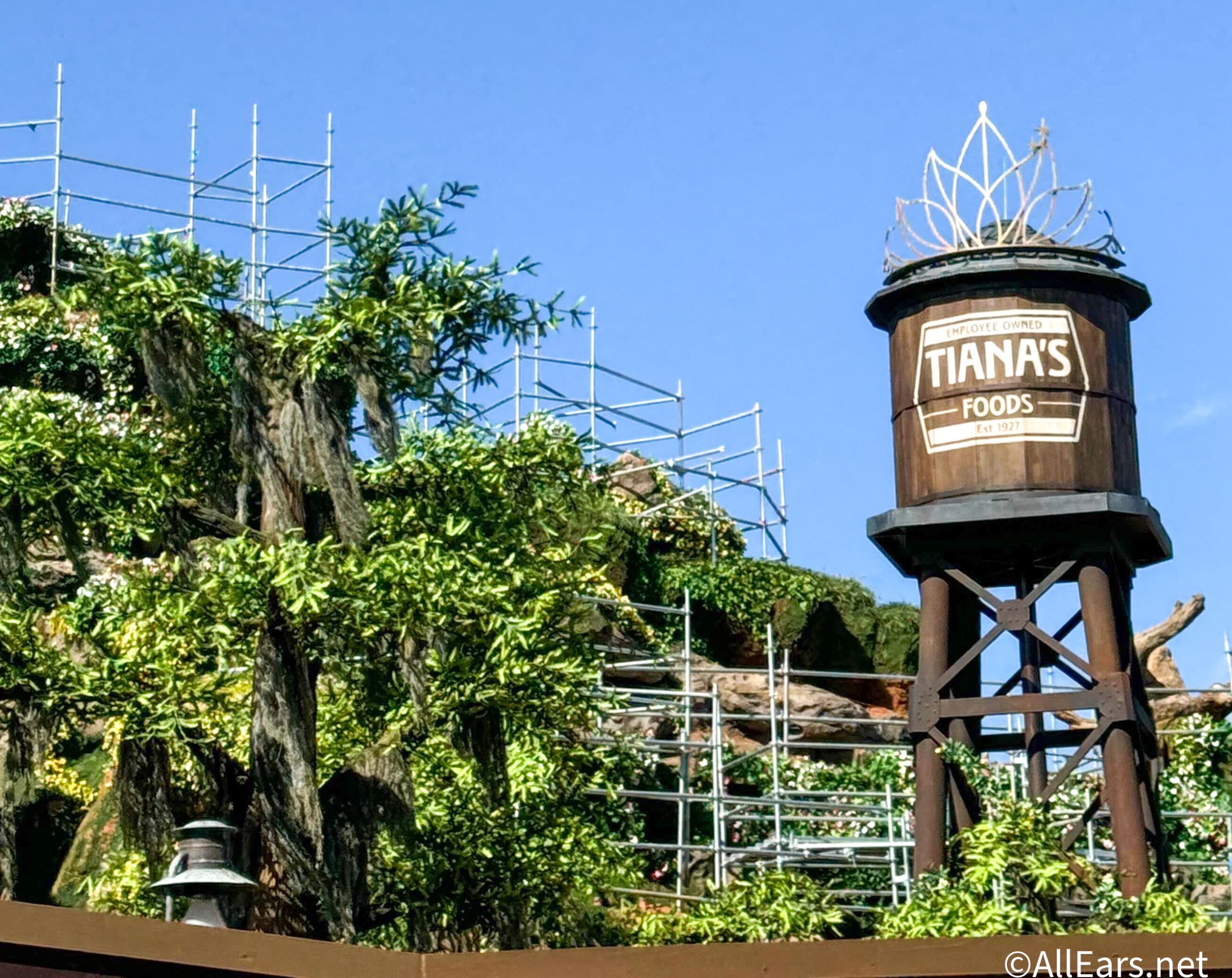



Trending Now
See what a Disney EXPERT does when a ride is CLOSED!
Don't miss out on these super low prices on Amazon for a bunch of cool...
We use these seven cheats at Disney World's EPCOT all the time.
A Disney World Passholder event is returning soon!
Fireworks are an iconic way to end your Disney World day! But as sunset gets...
Universal just posted a sneak peek at NEW Epic Universe rides!
Make sure you know about these Disney World events before planning your 2024 vacation!
I go to Disney World alone A LOT, and these are the restaurants that never...
Two rides have announced months-long closures at Universal Studios Orlando!
You'll need to know about this date in Disney World!
We've become quite fond of these new (and very popular) bags, which is why we're...
This is the BEST Disney World hotel according to our readers, and you can't convince...
People are STILL making these same Disney World mistakes.
If you're planning to visit Magic Kingdom during Halloween season this year, we have one...
With the EPCOT International Food and Wine Festival right around the corner, make sure you...
We have details about an exclusive dining experience coming to Disney Springs!
Start getting ready to add some new shows and movies to your Disney+ watchlist!
Disney is bringing Leah Chase's family to the Magic Kingdom!
There will soon be a NEW way to get to Disney World and Universal from...
Costco just changed the game for our Disney World hotel stays!